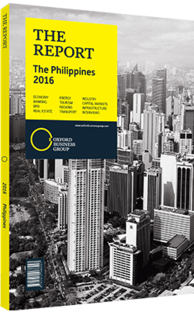This chapter includes the following articles.
Regions

The Philippines has been a pioneer in decentralisation for Asia, having commenced its local governance reforms in 1991 through the formulation and implementation of the Local Government Code (LGC), which served as the operating framework for the local government system. The LGC seeks to increase local government autonomy and accountability by assigning functions and revenue generating powers to local government units. In 2014, the National Capital Region (NCR) contributed more than one-third to the country’s GDP, at 36.3%, while both Calabarzon and Central Luzon followed in contribution, with shares of 17.2% and 9.3%, respectively. Central Visayas took fourth place, with a share of 6.5%. As the NCR’s congestion intensifies and both the labour pool and real estate market approach saturation, investors are increasingly looking to reverse the flow of migration into the metropolis and move into the provinces to capitalise on untapped labour pools and lower costs. This chapter contains interviews with Albert S Garcia, Governor, Province of Cebu; Hilario Davide III, Governor, Province of Bataan; and Jose Ma R Zubiri Jr, Governor, Province of Bukidnon.

